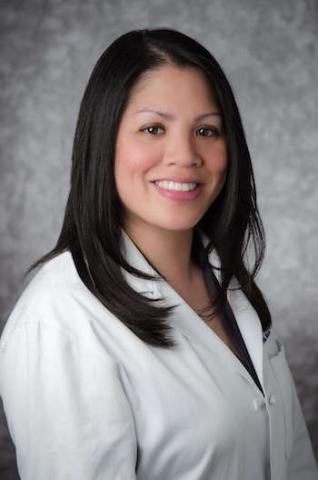
Obstructive sleep apnea (OSA) is a common sleep-related breathing disorder in adults, and it causes pauses in airflow while a person sleeps. The UCSF Sleep Surgery Center is dedicated to offering individualized care for patients with snoring and/or sleep apnea, and they offer surgical treatments for sleep apnea disorders.
At UCSF OHNS, Jolie Chang, MD, associate professor, is an otolaryngologist who specializes in surgery to treat OSA. Dr. Chang also leads research in health care decision making and surgical outcomes for sleep apnea therapies. Most recently, she led a team that conducted a study to characterize the treatment goals and values of adult patients with OSA.
"This study involved qualitative analysis of focus groups and interviews to define treatment goal categories, followed by analysis of cross-sectional surveys on most important treatment goals from patients with OSA presenting to sleep surgery clinic," explains Dr. Chang. "The work supplements our prior study showing high decisional conflict in patients considering alternatives to CPAP therapy."
The team included UCSF OHNS chief resident, Yi Cai, MD; medical students Priyanka Tripuraneni, Arushi Galati, Erika Stephens, and Dang-Khoa Nguyen, MD; and Megan Durr, MD attending faculty at Kaiser Permanente, and senior author, Dr. Chang. They identified key OSA treatment goal themes including:
- Improving sleep quality
- Reducing daytime sleepiness
- Snoring sound reduction
- Health risk reduction
They concluded that OSA treatment goal choices vary with age, PAP history, severity and symptoms. "As clinicians, it's important to understanding patient-specific goals as the first step in the shared decision-making process when choosing surgical or nonsurgical treatments for OSA," says Dr. Chang. "Goal-focused discussions can ensure alignment of priorities and definitions of success between the patients and provider."
Read the full paper, recently published in Otolaryngology–Head and Neck Surgery, the official peer-reviewed publication of the American Academy of Otolaryngology–Head and Neck Surgery (AAOHNS) Foundation




